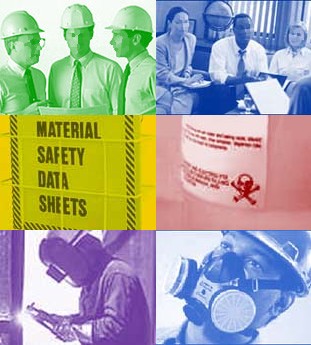Hazard Communication Training
OSHA 1910.1200
OSHA has estimated that more than 32 million workers are exposed to more than 650,000 hazardous chemical products. This poses a serious problem for exposed employers and their employees. Hazard Communication Training teaches your staff how to read a safety data sheet and make informed decisions.
Hazard Communications is mandated by federal and state laws that require employers to inform/communicate to employees about chemical hazards in the workplace.
OSHA has created the Hazard Communications standard 29 CFR 1910.1200 to ensure that the hazards of all chemicals produced or imported by chemical manufacturers or importers are evaluated, and that information concerning that hazard is transmitted to affected employers and employees.
This course covers “Right-to-Know”, SDS recognition, signage, legal requirements, chemical hazards and more. Satisfies Federal OSHA “Right To Know” requirements 29 CFR 1910.1200.

OSHA Standard 1910.1200
1910.1200(h)(2)
“Information.” Employees shall be informed of:
1910.1200(h)(2)(i)
The requirements of this section;
1910.1200(h)(2)(ii)
Any operations in their work area where hazardous chemicals are present; and,
1910.1200(h)(2)(iii)
The location and availability of the written hazard communication program, including the required list(s) of hazardous chemicals, and safety data sheets required by this section.
1910.1200(h)(3)
“Training.” Employee training shall include at least:
1910.1200(h)(3)(i)
Methods and observations that may be used to detect the presence or release of a hazardous chemical in the work area (such as monitoring conducted by the employer, continuous monitoring devices, visual appearance or odor of hazardous chemicals when being released, etc.);
1910.1200(h)(3)(ii)
The physical and health hazards of the chemicals in the work area;
1910.1200(h)(3)(iii)
The measures employees can take to protect themselves from these hazards, including specific procedures the employer has implemented to protect employees from exposure to hazardous chemicals, such as appropriate work practices, emergency procedures, and personal protective equipment to be used; and,
1910.1200(h)(3)(iv)
The details of the hazard communication program developed by the employer, including an explanation of the labeling system and the safety data sheet, and how employees can obtain and use the appropriate hazard information.
